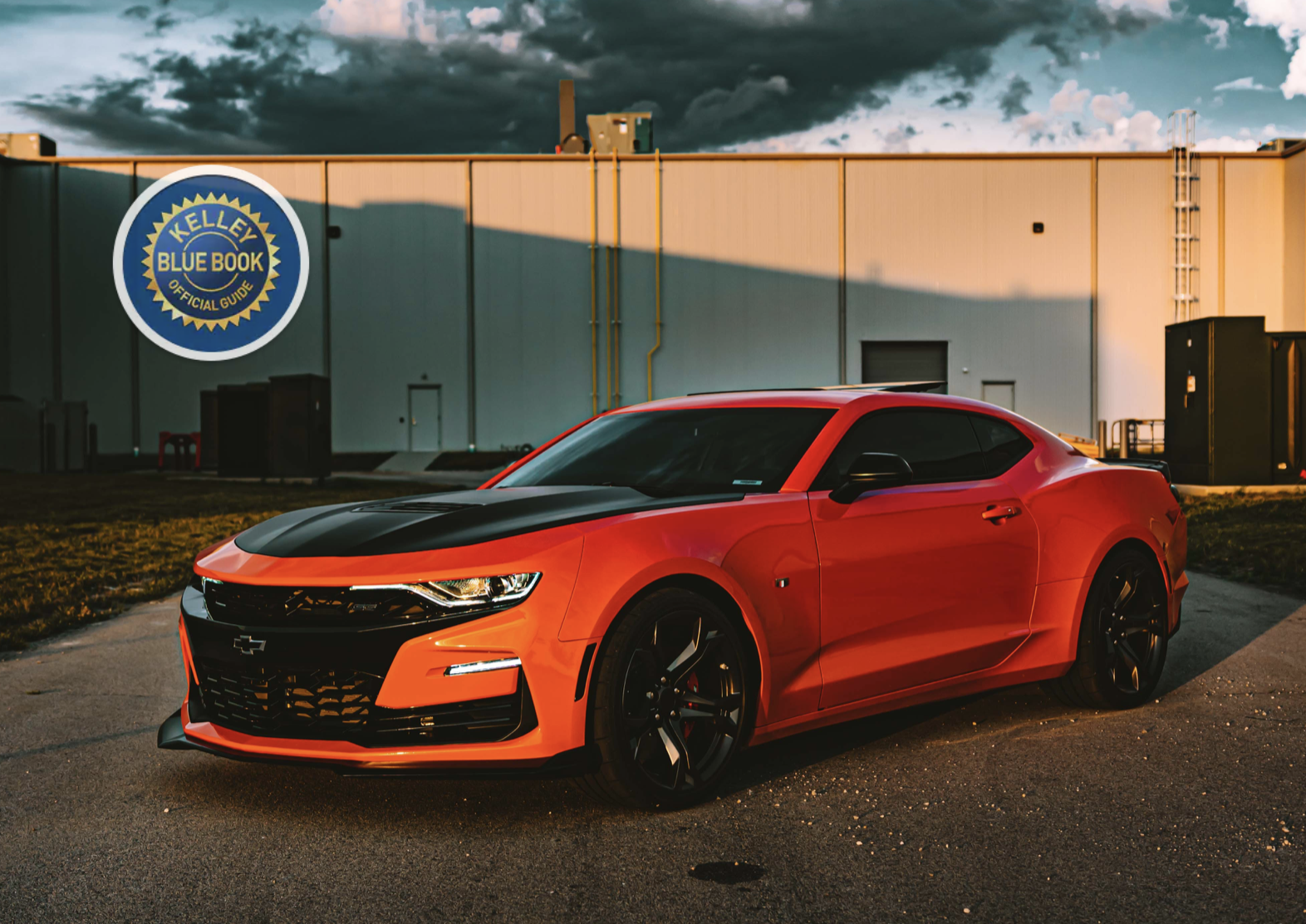
Trusted resource Kelley Blue Book recently published a post on automotive window tint entitled “7 Things to Know About Car Window Tinting“. The article introduces this car window tint information by saying “Car window tinting can give a stylish look to your ride and improve visibility by reducing glare. Fans of tinted windows say the darkened glass slows fading of interior surfaces due to sunlight exposure. They also say tinting helps keep the temperature inside a car cooler. Tinted car windows also bring an additional layer of privacy and security because it is more difficult to see inside the automobile. In some cases, medical conditions may require a car owner to have tinted windows.”
 The first thing the article dives into is answering the question “What is Window Tint?”. The article states that “Aftermarket window tinting is a method of applying a thin film to the interior surface of a vehicle’s windows. This material is designed to darken a car’s windows to block UV light and reduce glare from the sun and headlights.
The first thing the article dives into is answering the question “What is Window Tint?”. The article states that “Aftermarket window tinting is a method of applying a thin film to the interior surface of a vehicle’s windows. This material is designed to darken a car’s windows to block UV light and reduce glare from the sun and headlights.
Car window tint film is available in a variety of materials and shades. A standard performance measurement used for car window tinting is visible light transmission. A darker shade of car tinting has a lower percentage of light transmission. The tint affects how much light gets into the car and plays a part in reducing glare and how well a driver can see.”
The next thing that the article explains is the laws related to window tint. The article explains “State laws regulate the level of darkness permitted for auto glass tinting. Window tint laws are created as a safety issue for drivers to see other vehicles better when driving and for law enforcement officers as they approach a car.
When determining how much to tint windows, you must check your state’s department of motor vehicles to learn about the regulations, such as the legal light transmission levels. Once you determine the levels allowed, you can choose the appropriate window tint film for your car. State laws specify the level of tint allowed for each window of passenger vehicles. All states have restrictions on tinting applied to front windshields.”
You can learn about the automotive window film laws in your area by clicking HERE
The article finishes by discussing the different variety of films available. Window films do much more than just tint your glass; they can block 99% of UV rays, significantly reduce heat and cut irritating glare. The level of window film selected makes a difference in how it will perform. We would be happy to discuss these different options, the pros and cons of each with you and help you determine what might be the best fit for your needs and budget.
We hope that this article provided you with car window tint information you can use to make a great decision for your vehicle. If you have questions about our services, contact us at (417) 823-8715. We are your premier source for automotive window tint in the Springfield, Missouri area.

